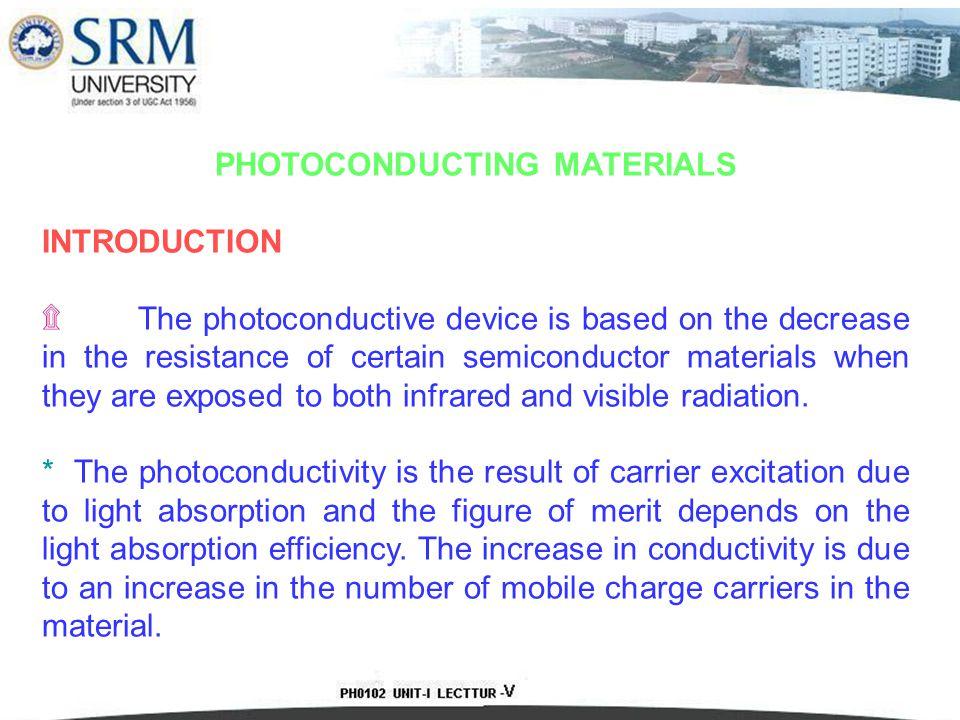Photoconductor
photoconductor

In other words, these substances must be good insulators in the dark, and immediately become good conductors after being exposed to light. Light guide materials are divided into two categories, inorganic light guide materials and organic light guide materials. Inorganic light guide materials such as selenium, selenium-tellurium alloy, cadmium sulfide, zinc oxide, etc. Organic photoconductive materials such as polyvinylcarbazole, certain phthalocyanine complexes, certain azo compounds and certain squaline compounds. Light guide materials are widely used in electrophotography (ie, photocopying technology). For example, selenium can be used as a toner cartridge in a photocopier. Some organic photoconductive materials are sensitive to near-infrared light and can be used in laser printers, because the laser printer print head is composed of GaAlAs semiconductor diode lasers, and its emission wavelength is in the near-infrared region (750-850 nanometers). Many of the above-mentioned organic photoconductive materials are Near-infrared sensitive. Since inorganic light guide materials are highly toxic and expensive, they are gradually replaced by organic light guide materials that are low in toxicity, cheap, flexible, and easy to process. The research on organic photoconductive materials is one of the most active aspects in the field of electrophotography.
Mostly used in the manufacture of optical fibers.
